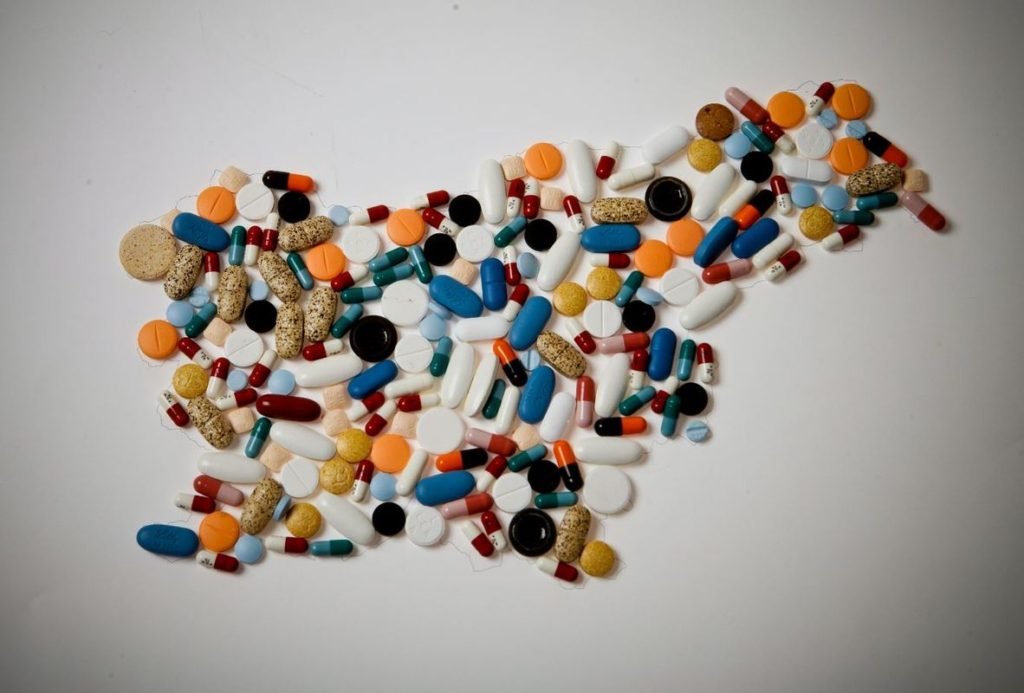
First national electronic health card in EuropeThe Ministry of Health engages in several areas of activity: health improvement and prevention, national health programmes, health inspectorate, WHO liaison office, national chemical bureau, national health promotion, health care, organization of health care system.
The government has a priority for policies and strategies for a healthy life-style, covering: health improvement, nutrition, investment and assessment of public health care institutions and quality of health care. In 1999, a new Mutual Health Insurance organisation was established to manage voluntary health insurance, taking in all the 1.1 million people with voluntary insurance policies at the Institute of Health Insurance of Slovenia.
Slovenia became a member of the World Health Organisation in 1993. Many projects, programs and strategies have been developed and implemented in Slovenia in co-operation with WHO EURO (Healthy cities network, Health schools network, Food and nutrition action plan, Health impact assessment of agriculture policy, etc). Four WHO collaborative centres operate in Slovenia, covering areas of mental health of children, arbo-viruses and hemorrhagic fever, nursing and reproductive health. The main topic of cooperation has been reforming health care.
The first public health institute, Central Institute of Hygiene, was established in 1923 in Ljubljana. The institute was founded by Dr. Andrija Stampar, who was also the first president of the World Health Organisation. In 1992 the institute became the National Institute of Public Health with nine regional bodies. Its spheres of interest are in: social medicine, hygiene and environmental health, epidemiology of communicable diseases and public health laboratories. The Ministry of Health implements resolutions, adopted by the United Nations Commission on Human Rights, which cover the field of health protection.
Slovenia uses modern technology for the health system. It was the first in Europe to launch a national electronic health care card for all the population in October 2000. Slovenia is a member country of the Information Network of the European Agency for Safety and Health at Work
Learning activities
1. Design a poster
Text-type: poster, calendar
Linguistic element: nouns
Design a poster for world heart day
http://www.zasrce.si/index.php
http://www.zzv-ce.si/aktualno/svetovni_dnevi.php
2. Script a conversation
Text-type: conversation
Linguistic element: verbs
Write a script about discussing what constitutes a healthy diet
http://www.viva.si/clanek.asp?id=2071
3. Design a brochure
Text-type: brochure
Linguistic element: pronouns
Design a brochure promoting a healthy diet
http://www.viva.si/clanek.asp?id=2071
4. Write an article
Text-type: article
Linguistic element: verbs
Write an article on the health care system of Slovenia – covering: areas of activity, health improvement and prevention
http://www.mz.gov.si/
5. Write a report
Text-type: report
Linguistic element: adverbs
Select one of the following major health issues and write a report
1. Drugs 2. Smoking 3. Alchoholism
http://med.over.net/zasvojenost/
6. Write an interview script
Text-type: interview
Linguistic element: particles
Write a script about an interview on the topic how to maintain the correct weight; from the article ’Kako vzdrževati pravo telesno težo?’
http://www.zzv-ce.si/za_vec_zdravja/prehrana/telesna_dejavnost.php
Comprehension – reading and responding
Read the text ‘Zdrava teža, srce za vse življenje ‘ from the web site, Viva – revija za zdravo življenje, http://www.viva.si/clanek.asp?id=2672
Answer the following questions in English.
1. What is the theme of this year’s world heart day?
2. What is a likely possibility when people are overweight?
3. What events were prepared at Prešeren Square?
4. Where were other events held?
5. What can happen to overweight women?
6. Why was a petition prepared?
7. What sort of research foundation will be established in Slovenia?
